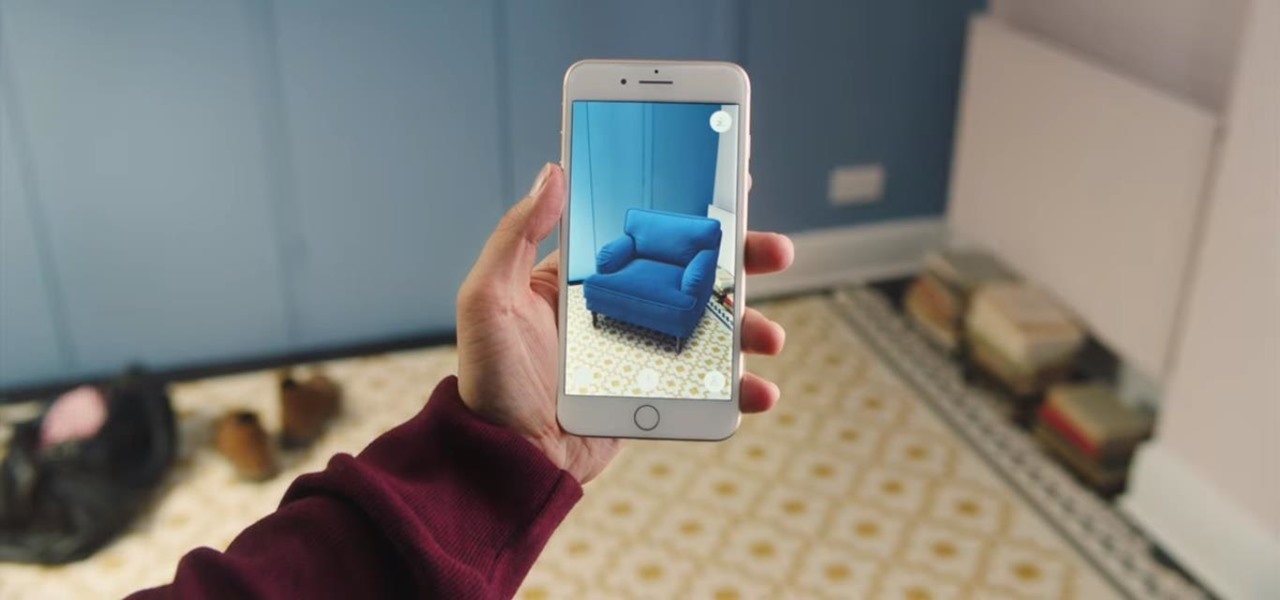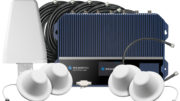One of the most amazing things about Apple is the way they take something that’s 4-5 years old, something that someone else failed at and we all thought we didn’t wanted, tweak it a little bit and all of a sudden it’s the best thing ever.
Take augmented reality. It launched a while back with Apple iOS 11. You might have experienced this with Pokemon Go, but for the fuddy-duddies among us, let me explain it. You look at your phone, and its camera shows you an image of what’s in front of you. That’s not new. What is new is that the screen also shows you things that aren’t there.

In this demo of an upcoming IKEA app, the chair isn’t real… the app is showing you what the chair would look like in your real room. Get it?
All eyes are on Apple as it edges ever closer to releasing what it’s calling a “mixed reality” headset. This wouldn’t be an immersive device like a Meta Quest, rather it would be a way to experience the world around you, with an extra layer of information laid on top of it. Of course with all things Apple does you have to take it with a grain of salt. It could be really well done, like the company’s AirPods, or it could be a complete non-starter like its smart home implementation. Until it actually hits streets we won’t know.
It all sounds great…
…nut it’s not new. but Google beat everyone to the punch back in 2013. Remember Google Glass? That was augmented reality, just not done well.
As I said in a 2014 article (now lost to time unfortunately), Google Glass’s most amazing feature wasn’t the images it delivered to its users but the image that its users had with other people. Some pretty “not-safe-for-work” terms were created for the people who wore frames without lenses, and who were presumed to be recording everything around them at all times and silently responding to things only they could see. The tech was intended to push Android past iOS in the battle for “prestige” customers but it just… didn’t. Instead, it created an environment of paranoia that set mixed reality back by a decade.
I remember the number of folks wearing Google Glass back in 2014. Honestly I would have guessed that the tech would have taken off by now. Instead, virtual reality tech took a different turn. Oculus (now known as Meta) created a line of immersive headsets instead. These headsets took people out of the world instead of adding to it. These were hot for a while and are still sold, of course. Still, it seems that people are far less interested in entering virtual reality worlds, especially with big heavy headsets that feature smartphone-quality visuals.
The legacy of Google Glass
To put it mildly, Google Glass was a flop. Its pilot program never went to full term and today the glasses and those who wore them are almost forgotten. Yet, Apple takes the same concept, as they always do. They twist it around with new hardware that may or may not work. What’s the result? It looks like it could be the big hit of 2023. Go figure.





